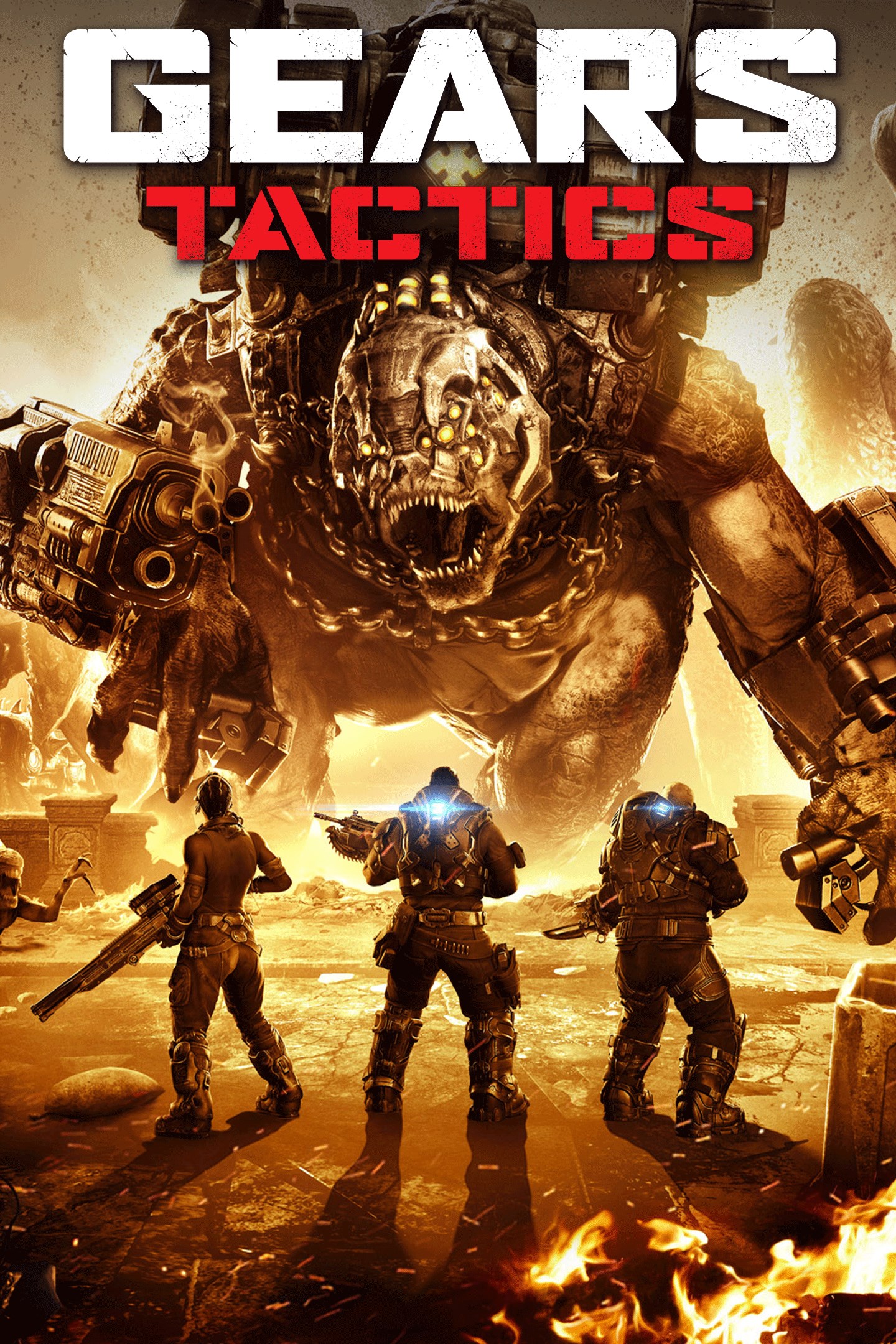Why Its Combat Feels Fluid: The Secrets Behind Seamless Gameplay
Introduction
In modern gaming, fluid combat mechanics are often the defining factor between a mediocre experience and an unforgettable one. Games like Devil May Cry, Sekiro: Shadows Die Twice, and Nioh have set high standards for combat fluidity, making players feel in complete control of every movement. But what exactly makes combat feel so smooth and responsive? This article explores the key elements—animation blending, input responsiveness, hit feedback, and enemy AI—that contribute to fluid combat systems.
1. Animation Blending: The Foundation of Natural Movement
One of the most critical aspects of fluid combat is animation blending—the seamless transition between different character movements.
- Motion Capture & Handcrafted Animations: High-quality motion capture ensures realistic movements, while hand-tweaked animations refine responsiveness.
- Interruptibility: The best combat systems allow players to cancel animations mid-action, preventing sluggishness.
- Transition Smoothness: Proper blending between idle, attack, dodge, and sprint animations eliminates robotic movements.
For example, God of War (2018) uses dynamic animation blending to make Kratos’ attacks and dodges feel weighty yet responsive.

2. Input Responsiveness: Instant Feedback for Player Actions
A combat system can only feel fluid if the game responds immediately to player inputs.
- Low Input Lag: Minimal delay between pressing a button and seeing the action on-screen is crucial.
- Buffering & Queueing: Allowing players to queue attacks during recovery frames ensures uninterrupted combos.
- Priority Systems: Some games prioritize certain moves (e.g., dodging over attacking) to prevent input conflicts.
Dark Souls and Elden Ring excel in this area by ensuring that every roll, parry, or strike registers instantly, maintaining combat rhythm.
3. Hit Feedback: Making Every Strike Feel Impactful
Fluid combat isn’t just about movement—it’s about feedback. Players need to feel the weight of their attacks.
- Screen Shake & Hit Pauses: Subtle pauses on heavy hits emphasize impact (e.g., Street Fighter VI).
- Sound Design: Crunchy sword clashes or bone-cracking punches enhance immersion.
- Enemy Reactions: Staggering, flinching, or knockback effects make attacks feel powerful.
Games like Monster Hunter: World master this by making every weapon swing feel distinct and satisfying.
4. Enemy AI & Encounter Design: Dynamic and Predictable Yet Challenging
Fluid combat requires enemies that react logically while keeping players engaged.
- Telegraphed Attacks: Clear enemy wind-ups allow for precise dodges and counters.
- Adaptive AI: Enemies that adjust tactics based on player behavior keep combat fresh.
- Stagger & Weakness Systems: Exploitable enemy weaknesses (e.g., Sekiro’s posture breaks) reward mastery.
Hollow Knight demonstrates this well, with enemies that strike a balance between predictability and challenge.
5. Camera & Controls: Intuitive and Unobtrusive
A poorly designed camera can ruin even the best combat systems.
- Dynamic Lock-On: Smooth targeting without excessive snapping (e.g., The Legend of Zelda: Breath of the Wild).
- Adjustable Sensitivity: Players should tweak controls to fit their playstyle.
- Minimal Clipping: The camera should avoid awkward angles during intense fights.
Bayonetta and Metal Gear Rising: Revengeance showcase how proper camera work enhances combat flow.
Conclusion
Fluid combat is a delicate balance of animation polish, responsive controls, impactful feedback, smart AI, and intuitive camera work. When these elements come together, players experience a sense of mastery and immersion that keeps them engaged for hours. As game technology advances, developers continue to refine these mechanics, pushing the boundaries of what makes combat feel truly fluid.
Whether it’s the precision of a Soulslike parry or the chaotic elegance of a Character Action combo, the best combat systems make players feel like unstoppable warriors—one perfectly timed strike at a time.
Tags: #GameDesign #CombatMechanics #FluidGameplay #AnimationBlending #HitFeedback #GameDevelopment #ActionGames


















